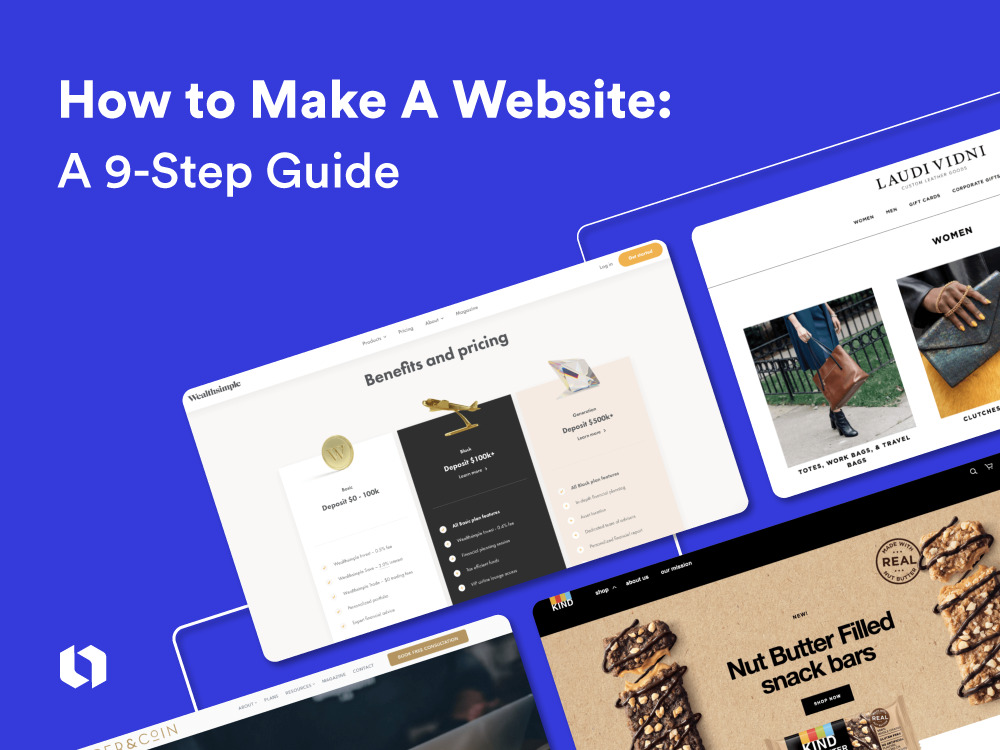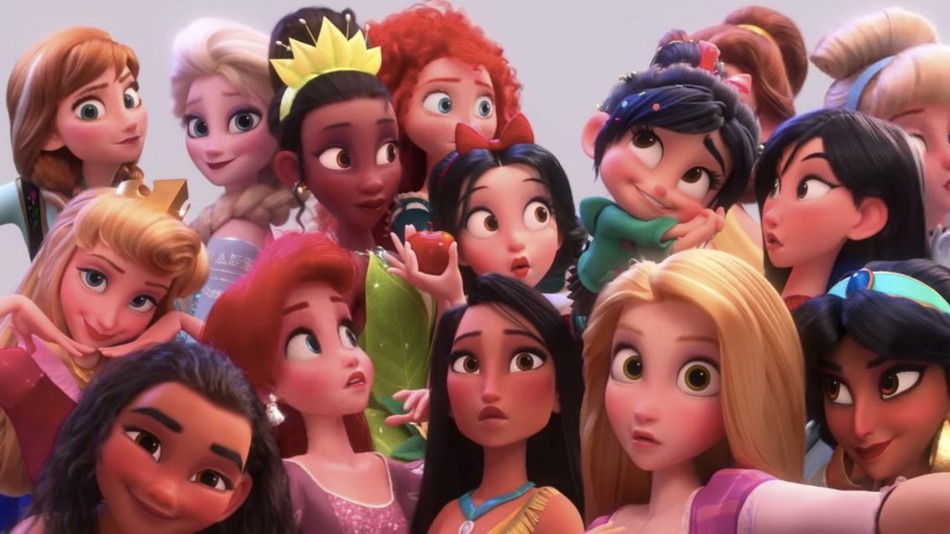Prensky, Boyd, and Divergent Viewpoints
While in class there were aspects of Prensky that I found valuable and interesting, I must confess that Boyd's viewpoint more closely aligned with my beliefs and experiences. I appreciate that Prensky attempts to capture how differently youth today may process or receive information. However, my appreciation for this does not override my issues with the assumption that because a certain generation was born with technology, they are proficient or masters of it. The circumstances of the generation you were born into may immediately thrust someone into specific situations, but it does not teach someone how to navigate those situations.
Youth, Spectrum, and Dominant Ideologies
At times, generations (or age groups) are grouped together as one whole. All Millennials must love "Live, Laugh, Love" signs, while all of Gen Z are TikTok obssessed, baggy jean wearing humans. In Prensky, youth are similarly grouped together as one whole. All youth have adapted to parallel thinking and look for graphics first. All youth are masters of the digital world, simply because they grew up with it.
Boyd finds fault in this grouping, spending a significant amount of time showing how differently people of the same age experience technology. Not only are their experiences different, their proficiencies differ greatly. As a teacher who spent most of last school year arguing and advocating for lessons that explored technology as a learnable skill that students needed to be taught, this section resonated with me greatly. To assume that youth are stagnant is a mistake. Not only do youth exist on a spectrum, technological abilities and knowledge vary widely - their identities make interacting with tech different as well. In almost all (if not all) of Boyd's examples, she highlights a white teenager. While Boyd lightly touches upon this in her example of a student who struggles with her phone's web browser speed, she does not delve deeply into the realities that socio-economic status, race, gender, etc affect a person's relationship to technology. As Boyd mentions, technology is still political - you cannot separate technology from our country's dominant ideologies as tech exists within the systems these ideologies create. As a result, I cannot help but wonder if the youth in both Boyd and Prensky's examples are assumed to be straight, white, affluent, males.
The Fraught Terminology : Digital Natives
During class today, hearing the phrase digital native made me pause. While I understood Prensky's point of view, the term felt fraught - not only in it's connotations, but in it's limitations. After reading Boyd, I have continued to evaluate the term. When Boyd describes a discussion hosted and moderated by Genevieve Bell, I am reminded that "powerful immigrants have betrayed native populations while destroying their spiritual spaces and asserting power over them." In fact, powerful immigrants and/or colonizers have tried to destroy difference - whether due to a lack of understanding, fear, or need for control. Some schools all or nothing policies around technology - strict to complete bans on some tech like cell phones or my schools refusal to let students use citation generators.
While I agree with Boyd that the term digital native does not work, I disagree with her when she posits that we should essentially scrap it. It is not salvageable. I think there are some aspects of Prensky that need to be revisited and revised.












:max_bytes(150000):strip_icc()/the-difference-between-trees-and-shrubs-3269804-hero-a4000090f0714f59a8ec6201ad250d90.jpg)



